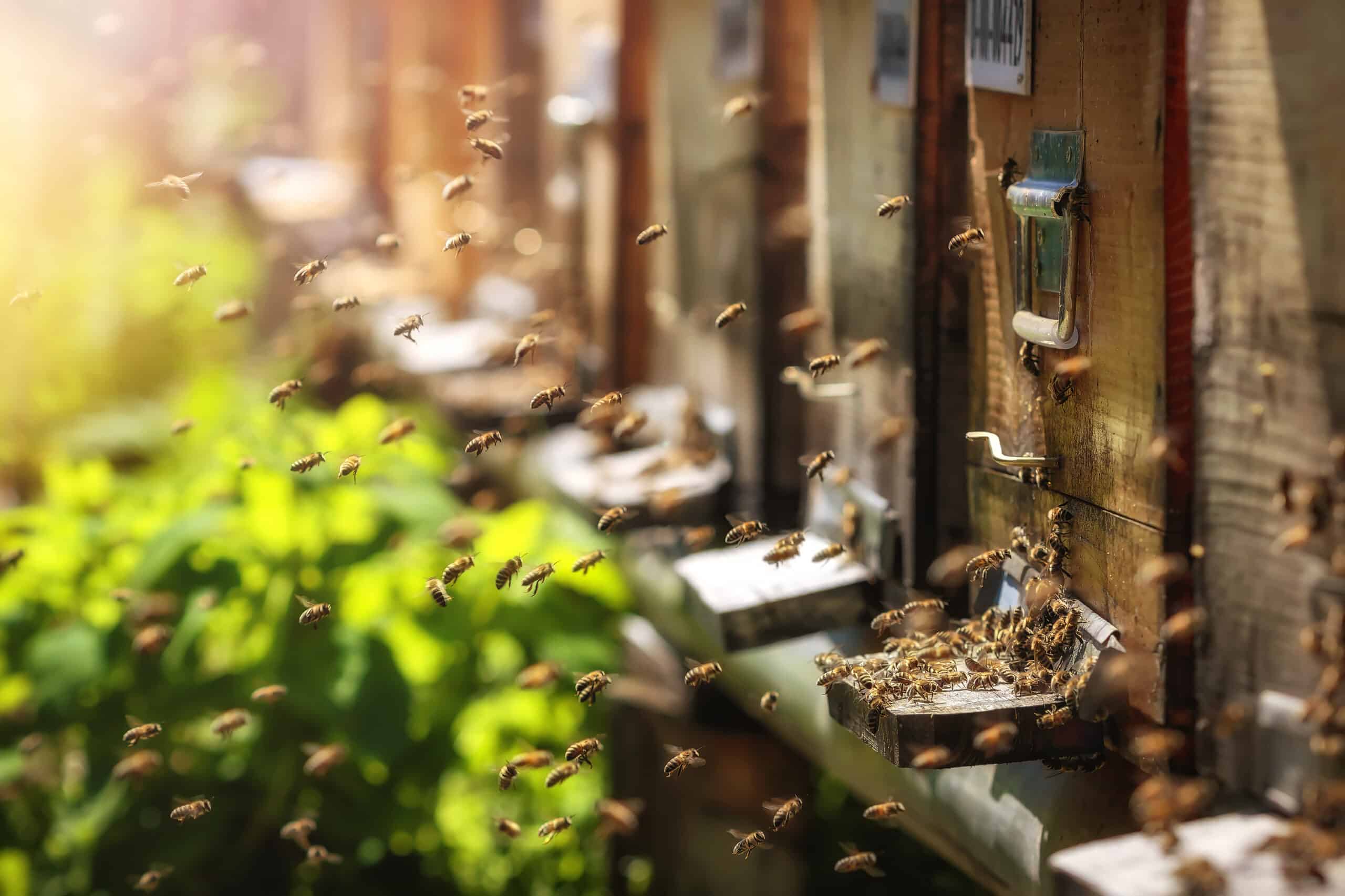According to Stanford University School Of Medicine research a mammalian protein similar to the structure of honeybee royal jelly functions as a fountain of youth of sorts for mouse embryonic stems cells by causing them to remain pluripotent; meaning they can become any cell in the body under conditions that would normally trigger them to develop into specialized cells. New pathways have been revealed to pluripotency and ways to keep stem cells in suspended animation until needed.
Kevin Wang, PhD, MD explains, “In folklore, royal jelly is kind of like a super-medicine, particularly in Asia and Europe, but the DNA sequence of royalactin, the active component in the jelly, is unique to honeybees. Now, we’ve identified a structurally similar mammalian protein that can maintain stem cell pluripotency.” As published in Nature Communications.
How royal jelly stimulates formation of a Queen rather than a worker bee has remained not fully understood. Deciding what’s good for the Queen must be good for humans royal jelly has been suggested to have effects on blood pressure, cholesterol, nervous system activity, and hormonal activity, but it is not approved by the FDA for medicinal uses.
“I’ve always been interested in the control of cell size,” Wang says, “and the honeybee is a fantastic model to study this. These larvae all start out the same on day zero, but end up with dramatic and lasting differences in size. How does this happen? For royal jelly to have an effect on queen development, it has to work on early progenitor cells in the bee larvae. So we decided to see what effect it had, if any, on embryonic stem cells.”
Focussing on royalactin protein the team applied it to mouse embryonic stem cells to study responses. The addition of royalactin was found to stopped embryonic stem cells from differentiating even in the absence of inhibitors. Inspiring a search for similar mammal protein structures, as mammals don’t make royalactin, treated stem cells were were intriguingly shown to exhibit gene expression profiles similar to stem cells grown on the presence of inhibitors, expressing proteins associated with pluripotency while tamping production of proteins important to differentiation in additional studies.
“This was unexpected. Normally, these embryonic stem cells are grown in the presence of an inhibitor called leukemia inhibitor factor that stops them from differentiating inappropriately in culture, but we found that royalactin blocked differentiation even in the absence of LIF.” The cultured LIF-free cells grew happily for up to 20 generations without losing their ‘stemness’,” according to Wang.
The protein NHLRC3 predicted to form a structure similar to royalactin that is produced in early embryonic development in all animals was found using databases that infer three dimensional structures of proteins. This protein was discovered to be able to maintain pluripotency in mouse embryonic cells that caused similar gene expression patterns as in cells exposed to royalactin, the NHLRC3 protein was renamed Regina which is Latin for Queen.
Regina is being studied to determine whether or not the protein has therapeutic value in healing or cell regeneration in animals. “It’s fascinating, our experiments imply Regina is an important molecule governing pluripotency and the production of progenitor cells that give rise to the tissues of the embryo. We’ve connected something mythical to something real.”




